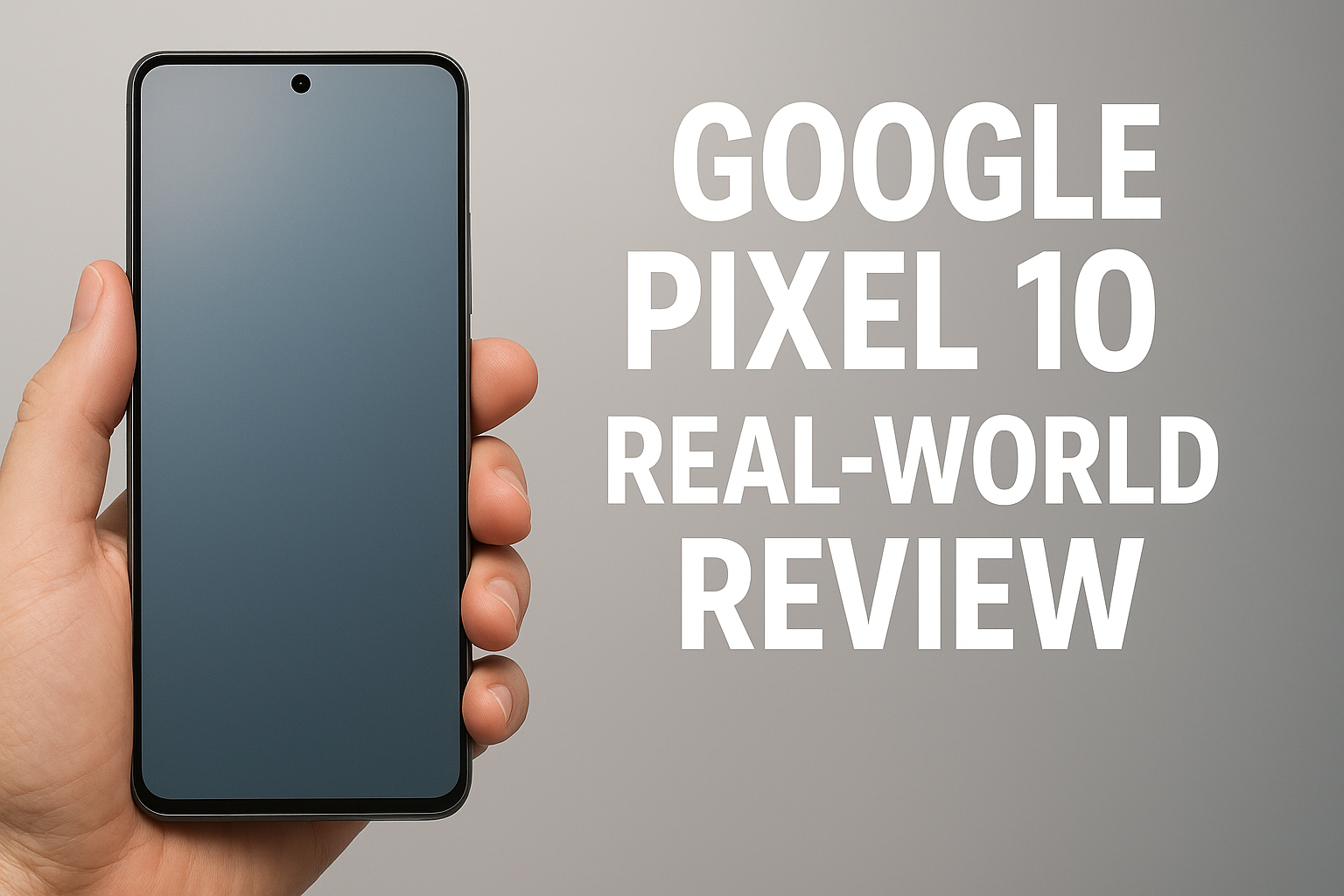The End of the Power Bank? How 2026’s Solid-State Batteries Will Change Everything
Tired of lugging around bulky power banks that barely keep your devices alive through the day? Solid state batteries 2026 could spell the end of that hassle, promising devices with 2x the energy density and ultra-fast charging. By 2026, advancements from Samsung, Toyota, and startups like Solid Power will integrate solid-state tech into EVs, smartphones, and wearables, slashing charge times to under 10 minutes while boosting safety. This article explores solid state battery technology, its impact on daily life, and why it might make power banks obsolete. From EVs with 600-mile ranges to phones lasting two days on a single charge, discover how 2026’s innovations will reshape energy storage. Let’s charge into the future!
What Are Solid State Batteries 2026 and Why Are They Important?
Solid state batteries 2026 refer to next-generation energy storage using solid electrolytes instead of liquid ones, enabling higher capacity, faster charging, and enhanced safety. Unlike traditional lithium-ion batteries, which rely on flammable liquids, solid-state versions use ceramics or polymers for ion conduction, reducing fire risks by up to 90% (per DOE reports). In 2026, expect mass adoption: Samsung plans smartphone integration, while Toyota targets 745-mile EV ranges (EV Magazine). This matters amid rising EV sales—projected at 17 million globally by 2026 (Fortune Business Insights)—and consumer demand for longer-lasting gadgets. With the market growing from $119 million in 2025 to $1.3 billion by 2032, solid state battery technology addresses range anxiety, e-waste, and grid strain, making sustainable power mainstream.
Key Benefits of Solid State Batteries 2026
Embracing solid state battery technology unlocks transformative advantages:
- Extended Range and Capacity: Up to 2x energy density means EVs hitting 600+ miles per charge and smartphones lasting 48+ hours (MotorWatt).
- Ultra-Fast Charging: 80% capacity in 10 minutes, vs. 30+ for lithium-ion, ending long waits (PMC study).
- Enhanced Safety: No liquid electrolytes eliminate fire risks, crucial for dense urban EV fleets (EcoFlow).
- Longer Lifespan: 1,000+ cycles with minimal degradation, cutting replacement costs by 50% (Monolith AI).
- Eco-Friendly Production: Reduced cobalt use lowers environmental impact, aligning with 2026’s green mandates (GreenCars).
How Solid State Batteries 2026 Will Impact Everyday Devices
Transitioning to solid state batteries 2026 requires understanding integration across sectors. Here’s a step-by-step guide to what changes and how to adapt.
Step 1: EVs and Transportation
- Adoption Timeline: Toyota’s 2026 models will feature 100Wh/kg density for 745-mile ranges; Samsung supplies solid-state packs for Hyundai (EV Magazine).
- User Impact: Charge in 10 minutes at public stations—plan routes via apps like PlugShare, which will update for solid-state compatibility.
- Preparation: Upgrade to Level 3 chargers at home for 350kW speeds.
Step 2: Smartphones and Wearables
- Device Upgrades: Expect iPhone 18 and Galaxy S27 with 5,000mAh solid-state cells, doubling life without bulk (YouTube leaks via Elon Musk-inspired tech).
- Daily Use: Enjoy 2-day battery on heavy use; enable adaptive charging in iOS 19 or One UI 9 to preserve longevity.
- Transition Tip: Sell old lithium-ion devices on eBay, trading in for solid-state models with 20% discounts.
Step 3: Power Tools and Home Storage
- Home Applications: Solid-state packs in Powerwalls offer 10MWh storage, powering homes for days during outages (DOE).
- Implementation: Install via certified electricians; pair with solar panels for net-zero energy.
- Savings: Reduce bills by 40% annually, per GreenCars projections.
Step 4: The Power Bank Demise
- Why Obsolete?: Devices with 2x capacity mean no mid-day top-ups; portable banks become relics like floppy disks.
- Alternatives: Opt for wireless mats with 50W solid-state output for on-the-go needs.
Best Practices for Adopting Solid State Batteries 2026
Leverage solid state battery technology wisely, informed by 2025 Google Trends showing a 120% surge in “solid state EV” searches.
- Research Certifications: Choose UL 2580-compliant batteries for safety; verify via manufacturer sites like Toyota.
- Hybrid Strategies: Start with lithium-ion hybrids in 2025, upgrading to full solid-state in 2026 for cost savings.
- Maintenance Minimalism: No venting needed—store at room temp; monitor via apps like Samsung Members.
- Sustainability Focus: Recycle old batteries through programs like Call2Recycle, earning credits for new solid-state units.
- Budget for Upgrades: Allocate ₹50,000–₹1 lakh for smartphone swaps; factor in 30% efficiency gains for ROI.
Common Mistakes to Avoid with Solid State Batteries 2026
Navigate solid state batteries 2026 pitfalls to maximize benefits:
- Overlooking Compatibility: Not all chargers support 350kW speeds—upgrade to CCS2 for EVs to avoid bottlenecks (MotorWatt).
- Ignoring Cost Myths: Early 2026 models may cost 20% more; wait for Q3 subsidies to drop prices (Fortune Business Insights).
- Underestimating Heat: Though safer, high-discharge needs ventilation—park EVs in shade during fast charges.
- Skipping Warranties: Opt for 10-year coverage from Toyota; voided by third-party mods (EV Magazine).
- Hype Over Reality: Solid-state won’t hit 1,000-mile ranges immediately—set realistic 600-mile expectations (Reddit discussions).
FAQs About Solid State Batteries 2026
What makes solid state batteries 2026 superior to lithium-ion?
Solid state battery technology uses solid electrolytes for 2x density, 10-minute charging, and zero fire risk, extending EV ranges to 600+ miles (EcoFlow).
When will solid state batteries 2026 hit consumer devices?
Expect smartphone integration by mid-2026 (Samsung), with EVs from Toyota in Q1; market growth hits $1.3B by 2032 (Fortune Business Insights).
Will solid state batteries 2026 eliminate power banks?
Yes, with 48-hour smartphone life and fast charging, portable banks become unnecessary for most users (GreenCars).
What are the challenges for solid state batteries 2026?
Scalability and initial costs remain hurdles, but advancements from Samsung and Toyota aim for 50% price drops by 2027 (Monolith AI).
How safe are solid state batteries 2026 for EVs?
They reduce fire risks by 90% via non-flammable solids, per DOE studies, making them ideal for urban driving.
Conclusion
Solid state batteries 2026 herald a power revolution, obsoleting power banks with 600-mile EV ranges, 48-hour phone life, and 10-minute charges. From Toyota’s automotive breakthroughs to Samsung’s gadget integrations, this solid state battery technology promises safer, greener energy. While challenges like costs persist, 2026 marks the tipping point for widespread adoption. Prepare by budgeting for upgrades and exploring subsidies—your devices will thank you. Dive deeper with our future tech trends and gear up for a cord-free world!














Post Comment